C++11中function和bind的用法
- 一、简介
- 二、std::function的用法
- 2.1、保存普通函数
- 2.2、保存lambda表达式
- 2.3、保存成员函数
- 三、std::bind用法
- 总结
一、简介
在设计回调函数的时候,无可避免地会接触到可回调对象。在C++11中,提供了std::function和std::bind两个方法来对可回调对象进行统一和封装。
C++语言中有几种可调用对象:函数、函数指针、lambda表达式、bind创建的对象以及重载了函数调用运算符的类。 和其他对象一样,可调用对象也有类型。例如,每个lambda有它自己唯一的(未命名)类类型;函数及函数指针的类型则由其返回值类型和实参类型决定。
二、std::function的用法
类似于c语言的函数指针,包含在头文件#include中。
2.1、保存普通函数
#include <iostream>
#include <functional>
void printA(int a)
{
std::cout<<"a = "<<a<<std::endl;
}
int main()
{
std::function<void(int a)> func;
func=printA;
func(22);
return 0;
}
2.2、保存lambda表达式
#include <iostream>
#include <functional>
int main()
{
std::function<void()> func2=[](){std::cout<<"hello world"<<std::endl;};
func2();
return 0;
}
2.3、保存成员函数
#include <iostream>
#include <functional>
class Foo{
public:
Foo(int num) : num_(num){}
void print_add(int a) const
{
std::cout<<num_+a<<std::endl;
}
int num_;
};
int main()
{
std::function<void(const Foo&,int)> test=&Foo::print_add;
Foo foo(10);
test(foo,1);
return 0;
}
注意,这里的function无法保存重载的成员函数,需要使用std::bind才行。下面的代码编译时会报错:
#include <iostream>
#include <functional>
#include <string>
class Foo{
public:
Foo(int num) : num_(num){}
void print_add(int a) const
{
std::cout<<num_+a<<std::endl;
}
void print_add(std::string c) const
{
std::cout<<c<<std::endl;
}
int num_;
};
int main()
{
std::function<void(const Foo&,int)> test=&Foo::print_add;
Foo foo(10);
test(foo,1);
return 0;
}
编译报错:
function_test.cc: In function ‘int main()’:
function_test.cc:32:50: error: conversion from ‘<unresolved overloaded function type>’ to non-scalar type ‘std::function<void(const Foo&, int)>’ requested
32 | std::function<void(const Foo&,int)> test=&Foo::print_add;
| ^~~~~~~~~~~~~~~
三、std::bind用法
可将bind函数看作是一个通用的函数适配器,它接受一个可调用对象,生成一个新的可调用对象来“适应”原对象的参数列表。
调用bind的一般形式:
auto newCallable = bind(callable,arg_list);
其中,newCallable本身是一个可调用对象,arg_list是一个逗号分隔的参数列表,对应给定的callable的参数。即,当我们调用newCallable时,newCallable会调用callable,并传给它arg_list中的参数。
arg_list中的参数可能包含形如n的名字,其中n是一个整数,这些参数是“占位符”,表示newCallable的参数,它们占据了传递给newCallable的参数的“位置”。数值n表示生成的可调用对象中参数的位置:1为newCallable的第一个参数,_2为第二个参数,以此类推。
std::function<void(int,int)> fc = std::bind(&A::fun_3, a,std::placeholders::_1,std::placeholders::_2);
总结起来就是:
- 只是绑定函数,参数需要我们自己传入。
- 绑定函数时候,也把参数绑定了,直接运行就行。即调用函数时参数已经被固定了,再次修改是没有用的。
- bind的目的:不同的任务能传递不同的参数。
使用示例:
#include <iostream>
#include <functional>
#include <string>
using namespace std;
class A{
public:
void fun_3(int a,int b)
{
cout<<"func_3 print: a = "<<a<<", b = "<<b<<endl;
}
void fun_4(string str,int b)
{
cout<<"func_4 print: str = "<<str<<", b = "<<b<<endl;
}
void fun_4(int a,int b)
{
cout<<"func_4 print: a = "<<a<<", b = "<<b<<endl;
}
};
void fun_1(int x,int y,int z)
{
cout<<"func_1 print: x = "<<x<<", y = "<<y<<", z = "<<z<<endl;
}
void fun_2(int &a,int &b)
{
a++;
b++;
cout<<"func_2 print: a=" <<a<<",b="<<b<<endl;
}
int main(int argc,char** argv)
{
// f1的类型为 function<void(int, int, int)>
auto f1=std::bind(fun_1,1,2,3);//表示绑定函数 fun 的第一,二,三个参数值为: 1 2 3
f1();
f1(4,5,6);//修改无效
cout<<"-----------------------------"<<endl;
// 占位符
// 表示绑定函数 fun 的第三个参数为 3,而fun 的第一,二个参数分别由调用 f2 的第一,二个参数 指定
auto f2=bind(fun_1,placeholders::_1,placeholders::_2,3);
f2(11,22);
f2(11,22,33);//修改第三个参数无效
cout<<"-----------------------------"<<endl;
// 表示绑定函数 fun 的第三个参数为 3,而fun 的第一,二个参数分别由调用 f3 的第二,一个参数 指定
// 注意: f2 和 f3 的区别。
auto f3=bind(fun_1,placeholders::_2,placeholders::_1,3);
f3(11,22);
f3(11,22,33);//修改第三个参数无效
cout<<"-----------------------------"<<endl;
// 传入引用
int a=2,b=3;
//表示绑定fun_2的第一个参数为b, fun_2的第二个参数由调用f4的第一个参数(_1)指定。
auto f4=bind(fun_2,placeholders::_1,b);
f4(a);
cout<<"main print: a=" <<a<<",b="<<b<<endl;//说明:bind对于不事先绑定的参数,通过std::placeholders传 递的参数是通过引用传递的
cout<<"-----------------------------"<<endl;
// 绑定成员函数
A aa;
auto f5=bind(&A::fun_3,aa,placeholders::_1,placeholders::_2);
f5(10,20);
// std::function<void(int,int)> fc = std::bind(&A::fun_3, a,std::placeholders::_1,std::placeholders::_2);
// fc(10,20); //调用a.fun_3,和上面的auto等价
cout<<"-----------------------------"<<endl;
// 重载函数
auto my=bind((void(A::*)(string,int))&A::fun_4,aa,placeholders::_1,13);
my("hello world");
return 0;
}
注意,重载成员函数的绑定是需要显式的指出被绑定成员函数的类型。如下所示:
std::function<void(int, char*)> foo_test=std::bind((void (Foo::*)(int,char*))&Foo::foo,
&foo,
std::placeholders::_1,
std::placeholders::_2);
总结
- function保存函数的三个方式:保存普通函数、保存lambda表达式、保存成员函数;但是重载的成员函数需要配合bind才可以。
- bind的目的:不同的任务能传递不同的参数。

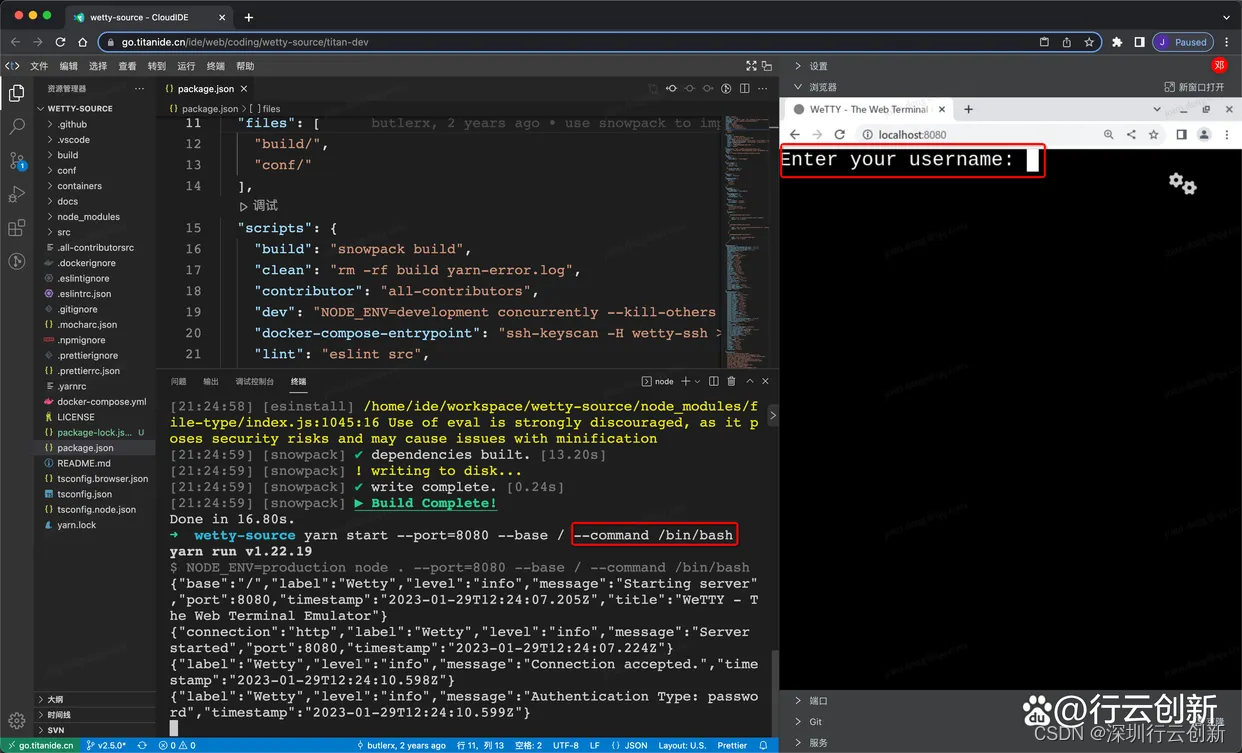

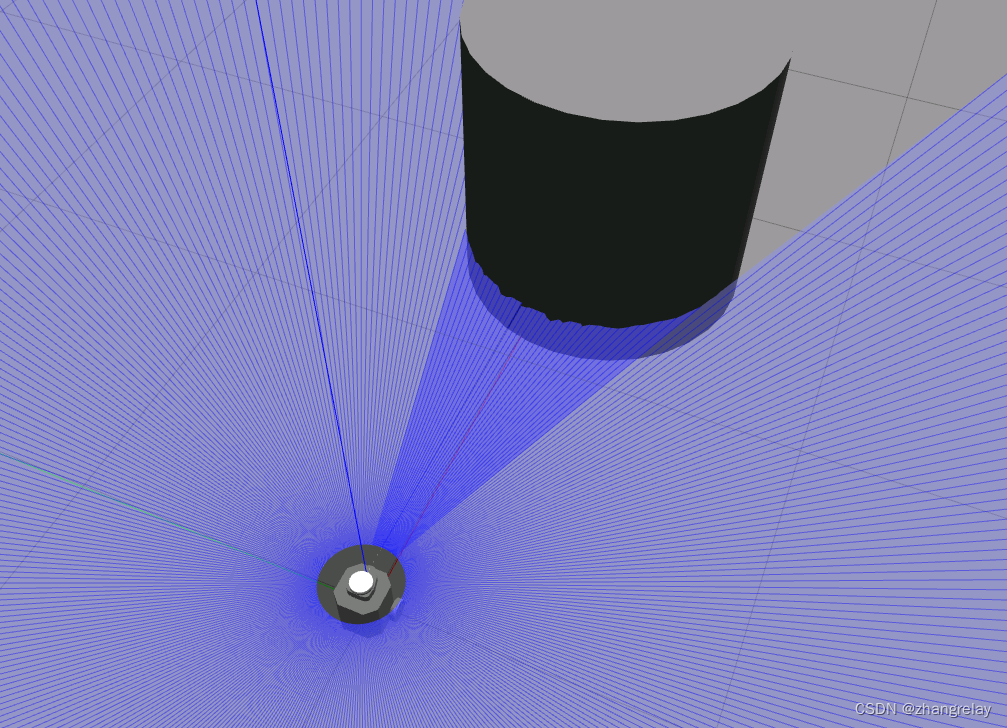

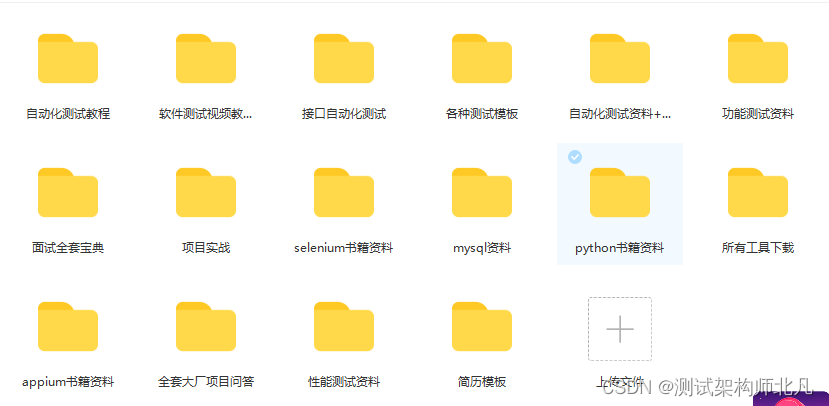
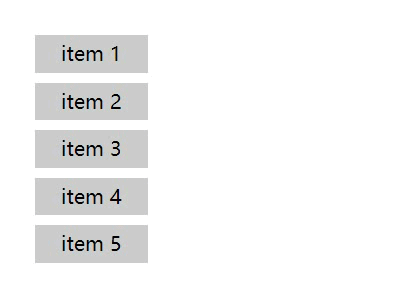



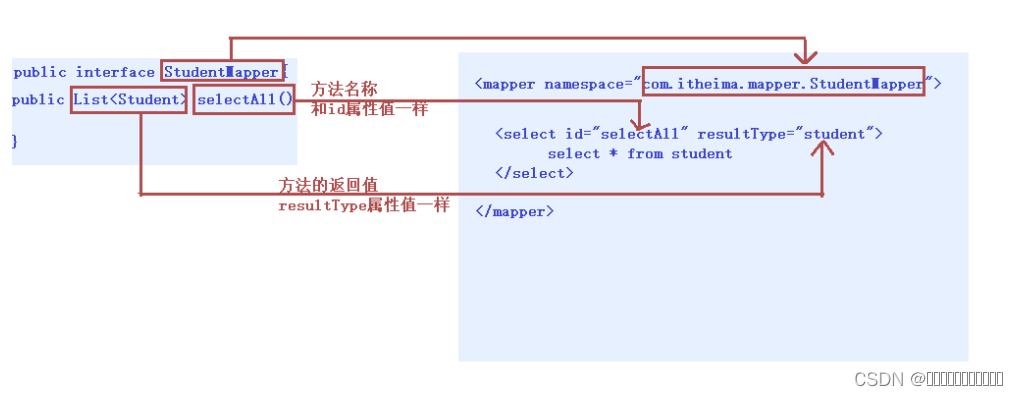
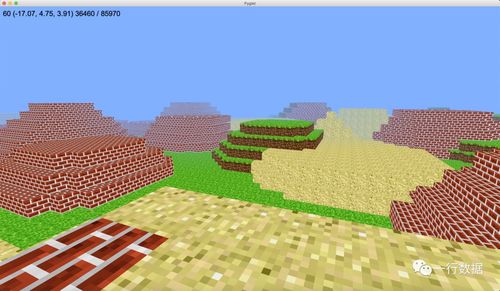

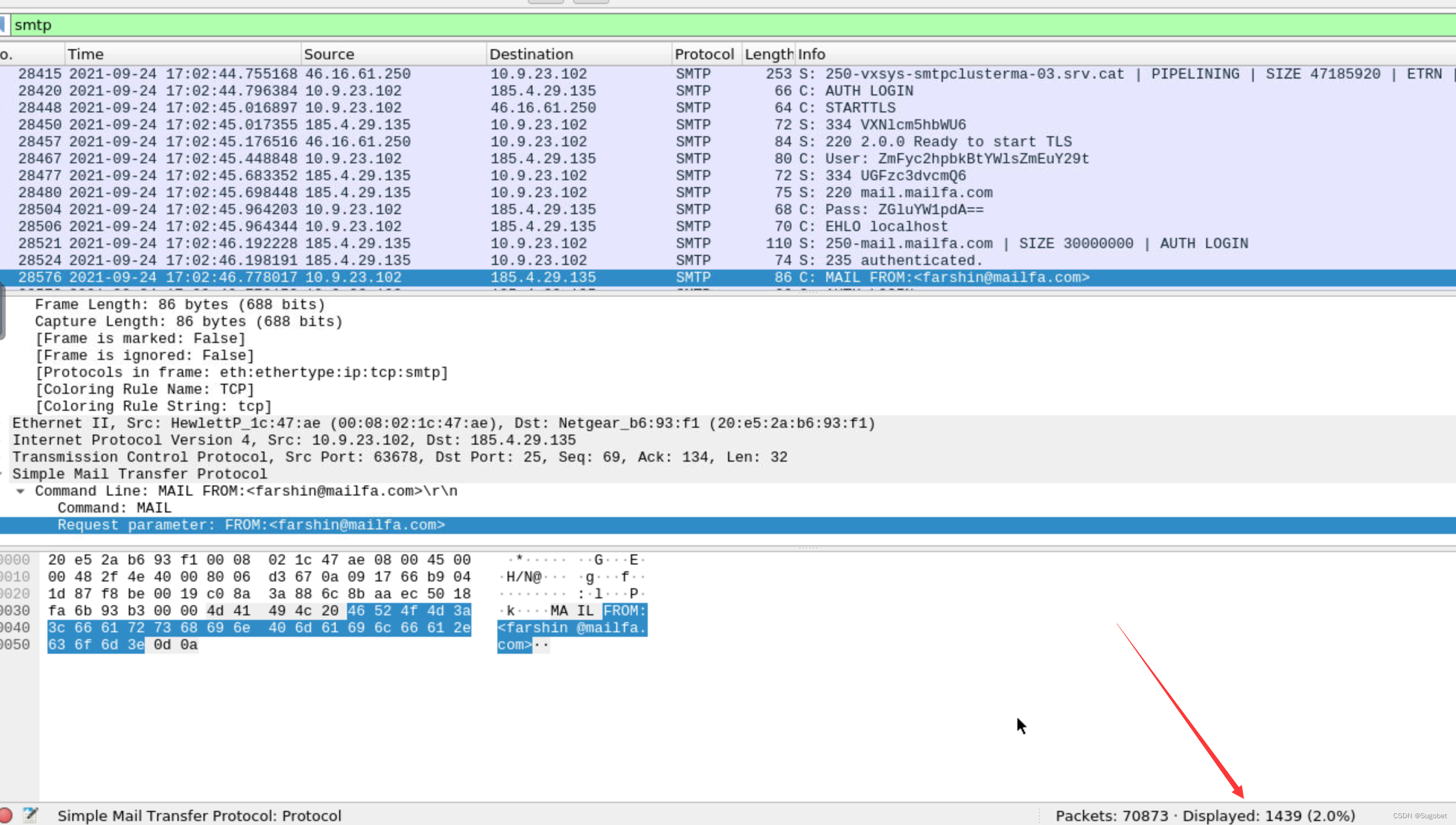




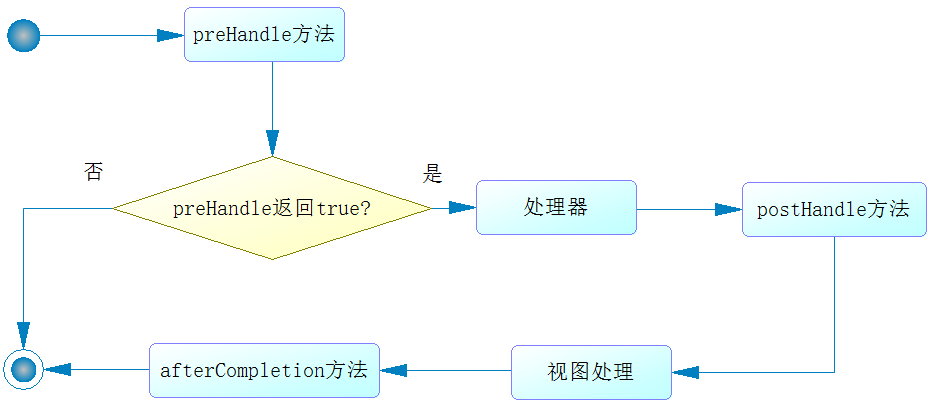

![[MySQL教程①] - MySQL的安装](https://img-blog.csdnimg.cn/img_convert/ff64db4e0a02450603a0f9d06ab781f5.png)